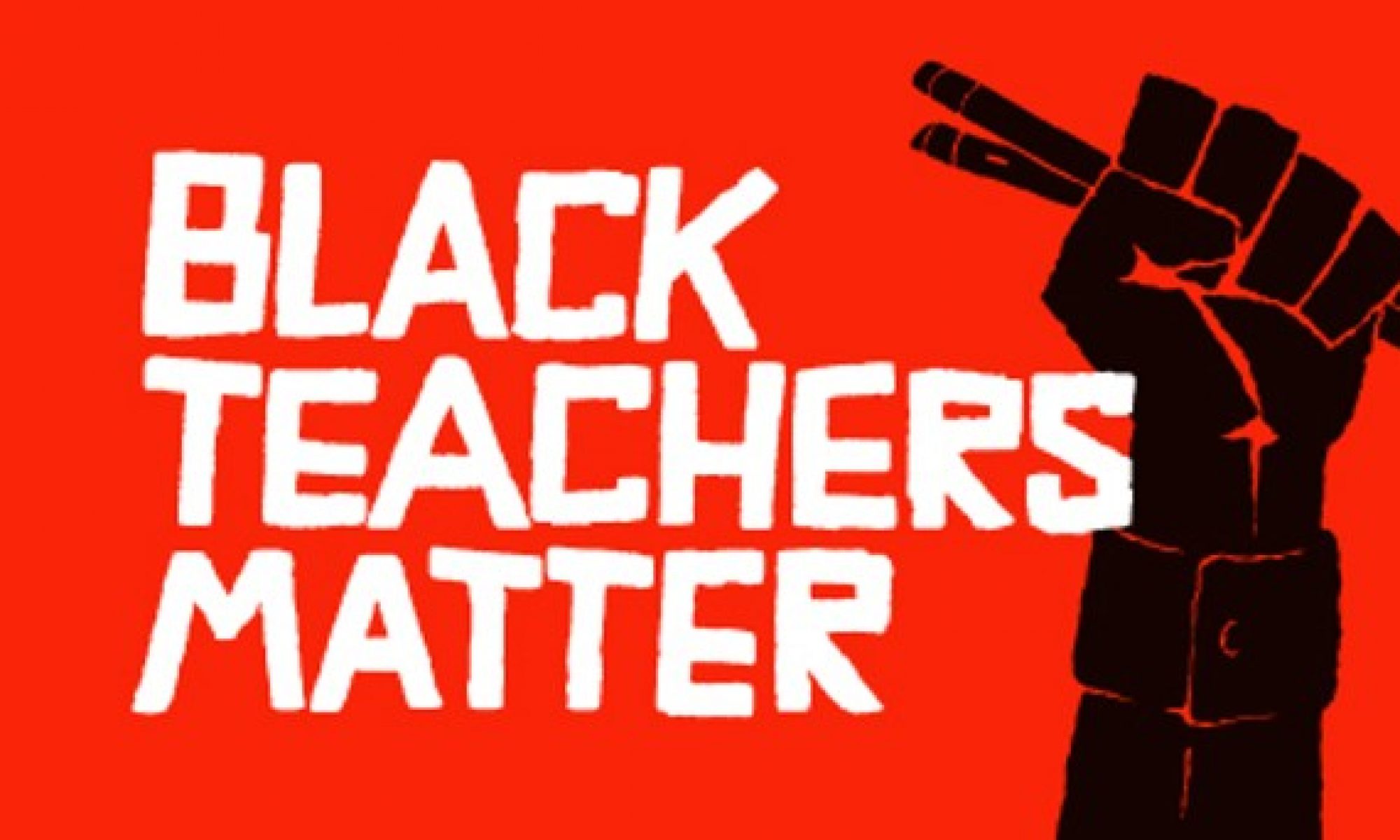Rubric – Argumentative Writing.doc
Standard 4.c.: Classroom-Based Assessment for ESL
Candidates know and use a variety of performance-based assessment tools and techniques to inform classroom instruction.
The artifact I chose for this standard are various rubrics that assess student learning, on the individual, group, and class level. My use of these assessments illustrate my understanding of the interdependent relationship between teaching and assessment and can develop instructional tasks and assessment tools that promote and measure student learning.
One simple self-assessment tool I use is the Fist to Five protocol. This physical assessment allows students to show the teacher at which stage of comprehension they feel they belong. If a student raises all five fingers, they understand the content fully, while a fist shows a complete lack of comprehension. Even though this assessment is used for all students, and is most beneficial for immediate feedback, I find to be most applicable for my Entering/Emerging ELLs. This use of the Fist to Five protocol is evidence of how I develop and adapt a variety of techniques and instruments when appropriate to assess ELLs’ content learning at all levels of language proficiency and literacy.
For more intensive, longer projects, I rely on my classroom and peer assessments. One recent assignment involved creating an editorial on the issue of cultural assimilation. While the final writing piece was a solo effort, there were stages when students had to work in groups. The peer assessment rubric I developed allowed students and myself to better comprehend where they were in the writing process. This rubric allows for assessing both speaking and listening proficiencies for my ELLs in that in order to receive a good score, they had to demonstrate a high level of participation and feedback. By allowing students to evaluate each other, I am proving that self-assessment and peer-assessment techniques can be used regularly to encourage students to monitor and take control of their own learning.
At the end of the project, I use a classroom assessment that is whole-class, ELLs and native speakers alike. One change I would like to make in the future is to make the category details more simple for my beginner ELLs; they sometimes find it difficult to understand exactly what I am looking for, even with translations. However, even with a more streamlined rubric, I do not want to lose the rigor and focus of my original assessment.


